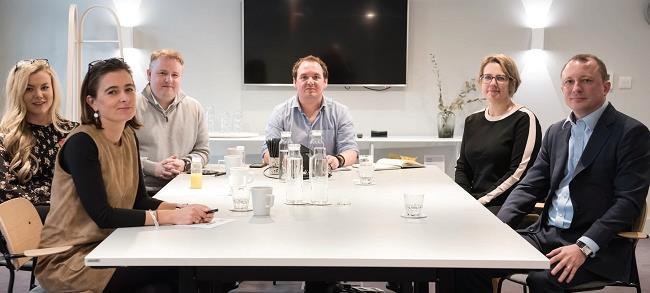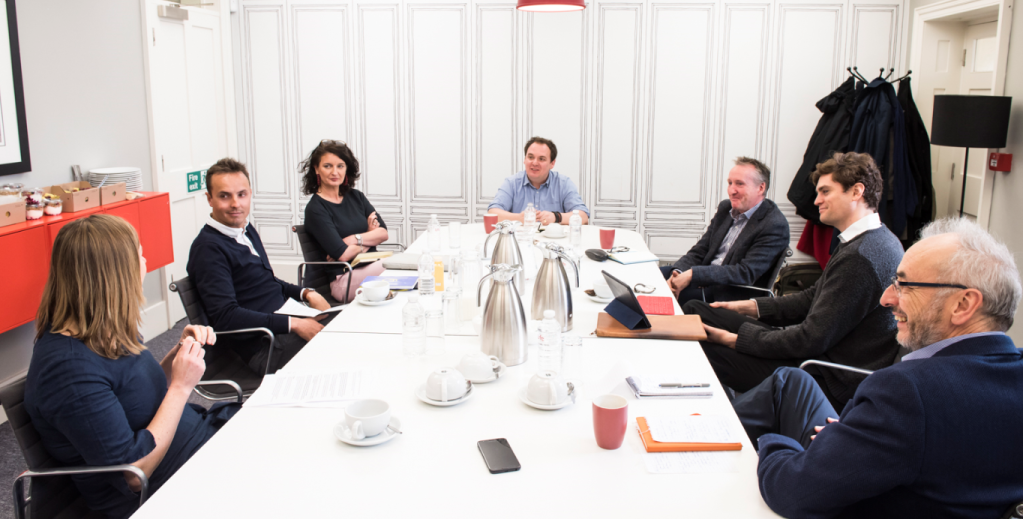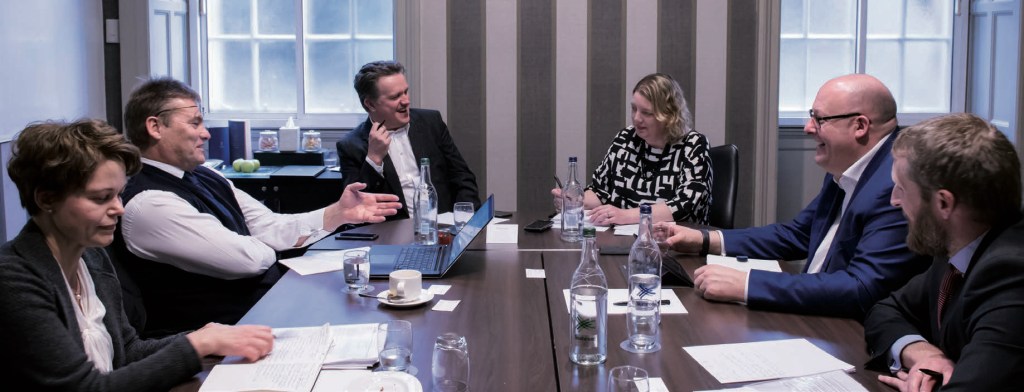Yardi Think Tank
Build to Rent Post COVID-19
Yardi and Property Week recently invited experts from across the build-to-rent sector to take part in a digital debate on the key issues facing the market in the wake of the coronavirus pandemic. The consensus was that despite the challenges posed by the outbreak, there is also an opportunity for BTR to move forward and […]



